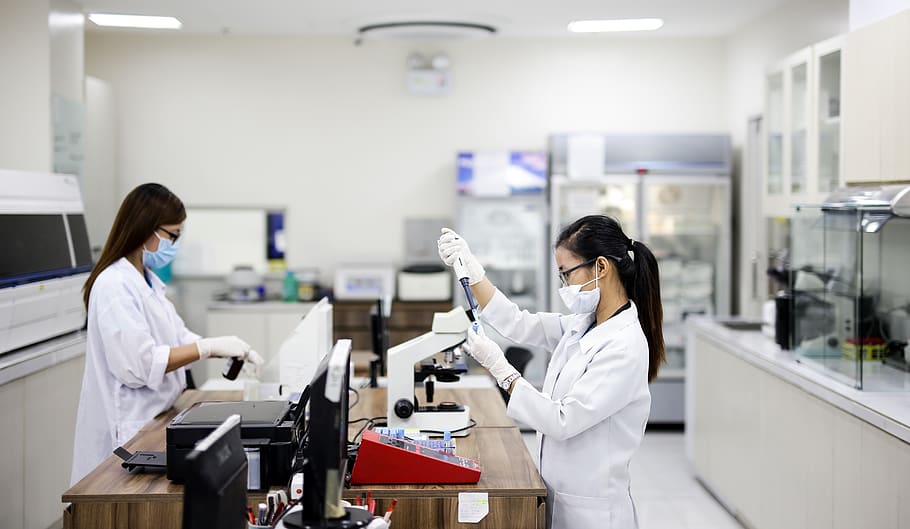Importance of GLP Tox study for Small Molecule and Biologics FDA Approval

Index Of The Blog
A majority of clinical and non-clinical studies follow Good Laboratory Practices (GLP) in the drug development process. Some of the early pre-clinical studies are non-GLP studies and have some leniency with the GLP standards. However, it is mandatory to follow GLP standards in toxicological studies (tox studies) that are responsible for determining the exposure limits in human studies. Such GLP toxicology studies ensure FDA approvals for Investigational New Drug (IND) applications. Post success of IND-enabling studies, other GLP tox study such as reproductive and developmental toxicity, genotoxicity, chronic toxicity, and carcinogenicity are conducted in the clinical phase of drug development.
The basics of GLP-tox study
IND-enabling studies ideally include pharmacology, efficacy, and toxicology studies to decide the dose-range, routes, and frequency of subsequent clinical studies. Early efficacy studies employ one of the pharmacological disease models to evaluate the therapeutic effects of a potential drug candidate. Initial toxicological studies consist of dose-ranging studies with varied observation intervals. These pioneering studies help identify early signs of toxicity, decide the maximum dose tolerated by the study subjects, and establish a platform for subsequent complex toxicological studies.
Ideally, GLP toxicology studies for FDA approval needs studies to be carried out in at least one or more rodent and non-rodent species. These initial toxicological studies should also include the species that is to be used in subsequent definitive studies. Early toxicological studies comprise single-dose and multi-dose administration protocols. The group sizes of initial tox studies may consist of just a few animals with one sex and one animal/dose. Once an ideal dose level is identified, group sizes can be increased to three subjects per sex per dose.
FDA approval for small molecules and biologics
It is crucial to consider the type of drug molecule under development before planning a GLP-tox study. The types of drugs include cellular therapies, small and large molecules. As the name suggests, cellular therapies are not drug molecules but are made up of cells and tissues. These cells and tissues may come from the patients themselves, such as CAR-T cells in cancer treatment or donors, like islet cells in Type 1 diabetes treatment. Ideally, small molecule drugs are organic compounds produced synthetically, but sometimes they can even be made from inorganic compounds. On the other hand, large molecule drugs are biologics such as antibodies, peptides, antibody-drug conjugates, and fusion proteins.
Both small molecules and biologics have different GLP-tox study requirements. While selecting study species, metabolism is the primary factor for small molecule drugs and needs study in rodent and non-rodent species. On the contrary, pharmacology is the primary factor for biologics and may require only one study species. The dose selection for small molecules is based on the maximum tolerated dose, while the dose selection for biologics is based on the maximum feasible dose. The pivotal toxicology study in small molecules requires two study species and may range from two weeks to three months, whereas pivotal toxicological study for biologics may take up to six months of duration and requires one study species. Finally, small molecules need genetic toxicological studies, but it is not mandatory for biologics.
The road ahead
The path to successful FDA approval of small molecules and biologics can be long and intense. The key to success lies in understanding the toxicology studies in drug development and how to get the best out of all the safety exposure data. It includes supporting the manufacturing process and learning from mistakes and eventually avoiding the delay of the drug development program.













